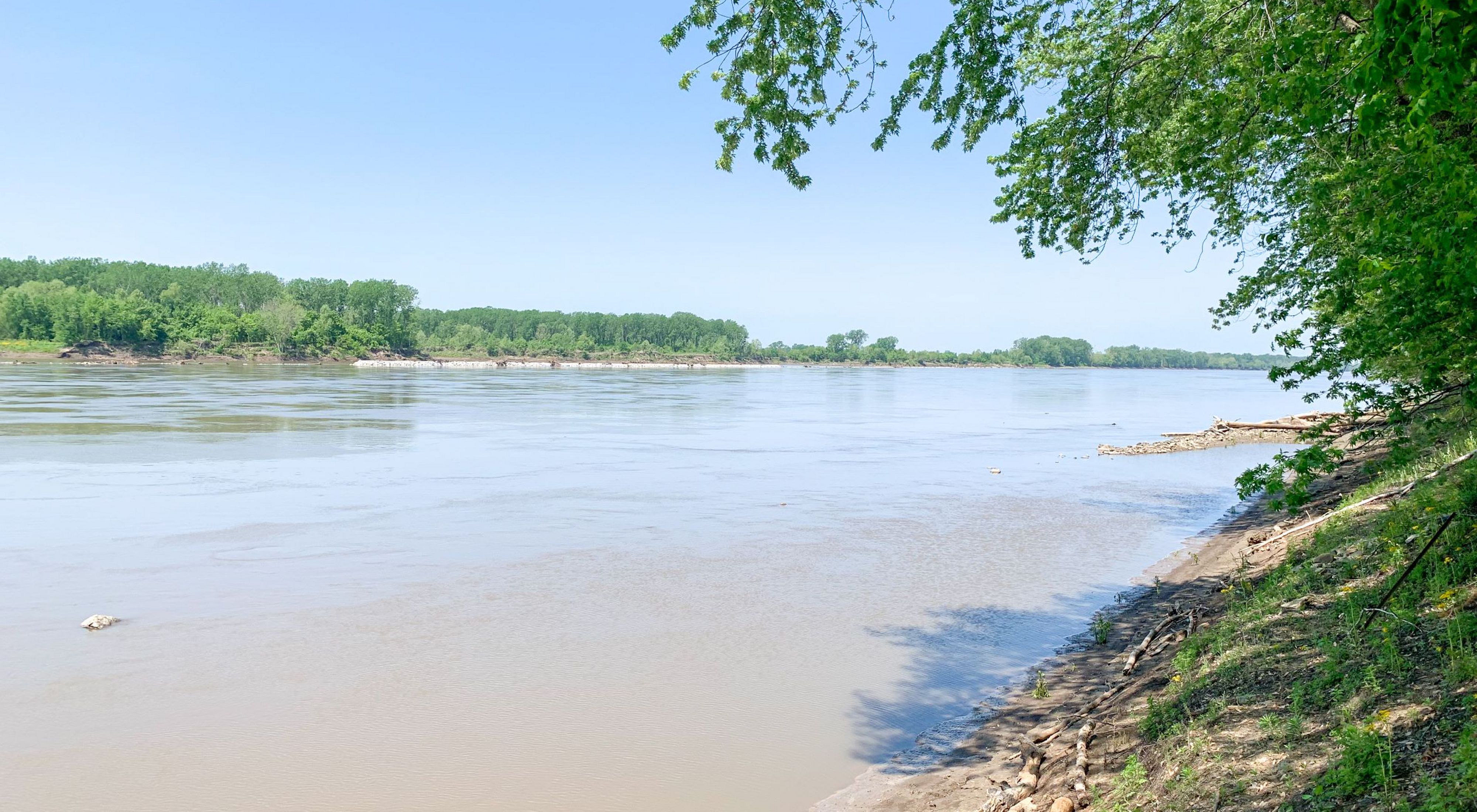Creating a Missouri River Center for Conservation Innovation
Learn about a new site for education, research, outreach and conservation just 20 minutes southwest of Columbia.
There is something about the place.
Perched above the Missouri River, twenty minutes southwest of downtown Columbia, the wedge of former farmland is lined with tall silver maples and red mulberries, their branches and the grasses below hiding warblers, red-winged blackbirds and the occasional indigo bunting on a spring visit. Pockets of wetland speak to the small floodplain and hint at the natural habitats that past generations of river explorers would have traversed.
Two creeks—Terrapin and Grocery Branch—form the northern and southern borders. And cyclists cruise past on the Katy Trail, their tires crunching softly over dirt and gravel as they cut a diagonal along the back border of the property.
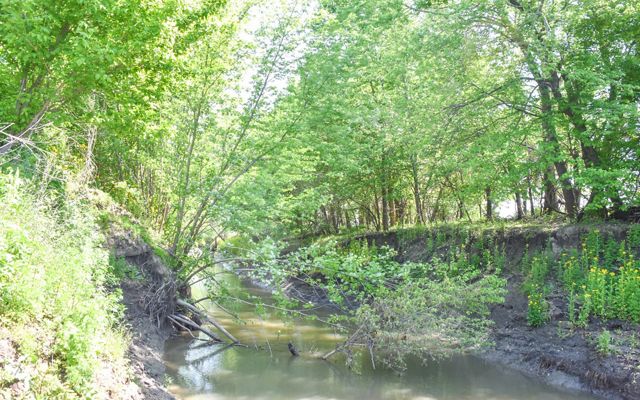
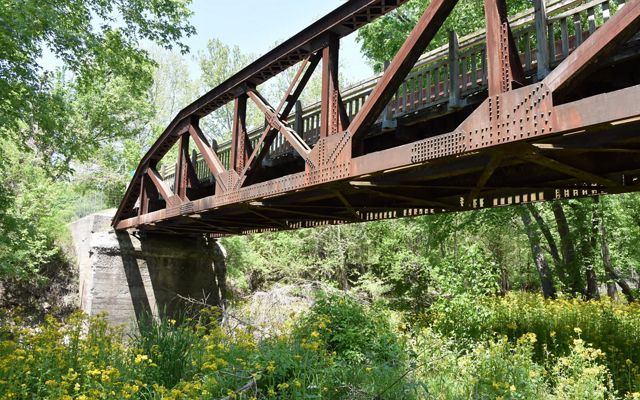
The showstopper is the river itself, spread out in a gorgeous panorama. “Everything is there,” says Steve Schnarr, director of Missouri River Relief.
After a couple of decades on the Missouri, Schnarr knows the river intimately. Off the top of his head, he can tick off a list of a half-dozen prime spots and attractions within a quick paddle of the site. He mentions caves a few miles upstream where the traces of American Indian pictographs remain among the rocky walls of Manitou Bluffs. Across the river, a series of dikes clustered along Tadpole Island steer floating larvae of endangered pallid sturgeon to calmer, less dangerous waters, creating something akin to a sturgeon nursery. There are eagles and sandbars and other conservation sites.
“When I want to introduce people to the Missouri River,” Schnarr says, “this is the reach of the river I go to.”
Wildlife at Missouri River Center
From turtles to birds and everything in between, the Missouri River Center is a haven for resident and migrating species.

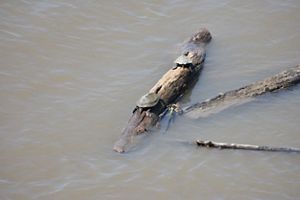

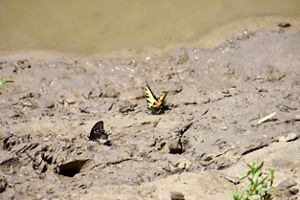

Birds: The Missouri River Center for Conservation Innovation in Huntsdale, MO © Doyle Murphy/TNC

Turtles: The Missouri River Center for Conservation Innovation in Huntsdale, MO © Doyle Murphy/TNC

Birds: The Missouri River Center for Conservation Innovation in Huntsdale, MO © Doyle Murphy/TNC

Butterflies: Butterflies on the muddy riverbank of the Missouri River. © Doyle Murphy/TNC
A Community Asset
In April 2022, Larry and Brenda Potterfield donated the 164-acre site to The Nature Conservancy in Missouri. It sits at the end of Sarr Street at the edge of the small town of Huntsdale. TNC now owns the site and is partnering with Missouri River Relief and others to create a place where people will always be able to connect with nature. Continued access for the community was important to the Potterfields, Larry says.
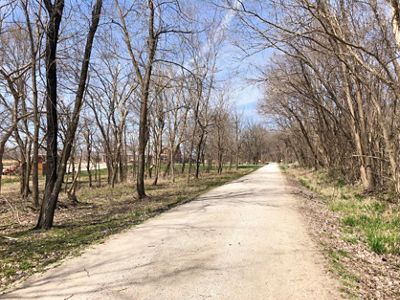
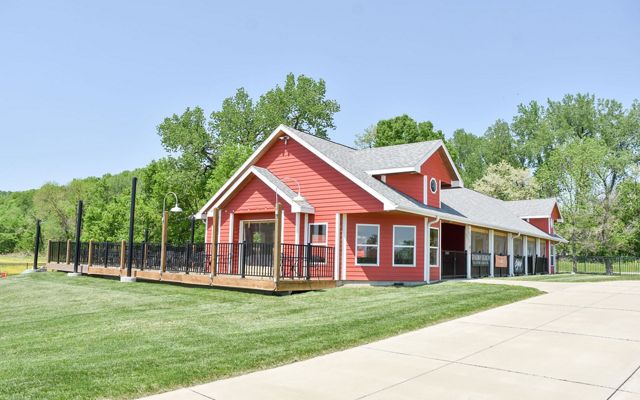
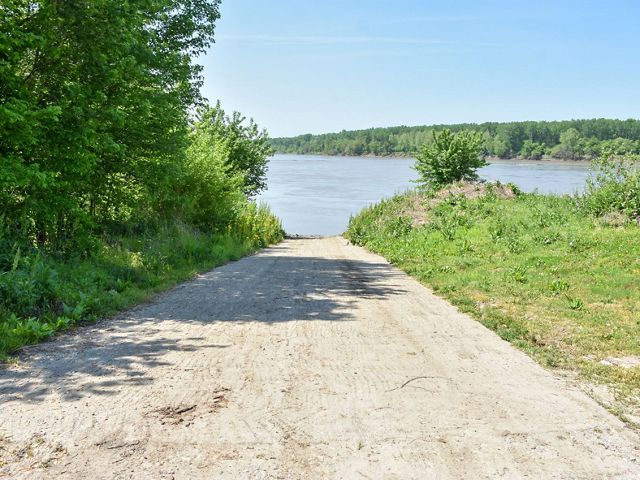
In recent years, the site operated as Katfish Katy’s—first as a campground with a little store and later as a seasonal restaurant with an outdoor stage. A boat ramp was accessible through memberships, and the spot has long been a popular stop for cyclists along the Katy Trail.
Larry Potterfield says he and his wife had grown fond of the land since buying it in 2015. They had both grown up as “country kids,” and he recalls hunting there decades before. But the couple has reached a point in their life where they are assessing their holdings with an eye toward a future that will live on when they’re gone, Larry says.
“We’re in the fourth quarter, and there are no timeouts,” he quips.
The restaurant closed after the 2021 season, and a number of people wanted the riverfront property solely for those facilities, Larry says. There were a lot of different ideas, even a duck-hunting club and other commercial ventures. “You think, ‘What would be the right thing to do?’” Larry says.
Ultimately, the Potterfields decided to ensure the property remained an asset for the community and donated it to TNC.
With its partners, TNC is working out the details of the site’s future. The work will include high-quality restoration of natural habitats across the acreage, likely to focus on the wetlands and eroding riverbank in an effort to protect the land and the river. Plans also include using the former restaurant building as an outreach center for Missouri River Relief. The boat ramp, previously operated through memberships, has reopened to the public. Community access, education, outreach, research and conservation will be key components of the site.

Missouri River Center for Conservation Innovation
In 2021, The Nature Conservancy launched a new program to create demonstration and research facilities on its properties to help boost the type of scientific innovation needed to protect the land and water Missourians depend on.
The first Center for Conservation Innovation (CCI) was created the same year at Little Creek Farm, near the Iowa border in Harrison County, where TNC is working on solutions for sustainable grazing that help ranchers and the environment. Work is underway for another CCI at TNC’s Mill Creek property near Van Buren in the Ozarks. And with the addition of the new property near Huntsdale, TNC envisions another cornerstone of the CCI program.

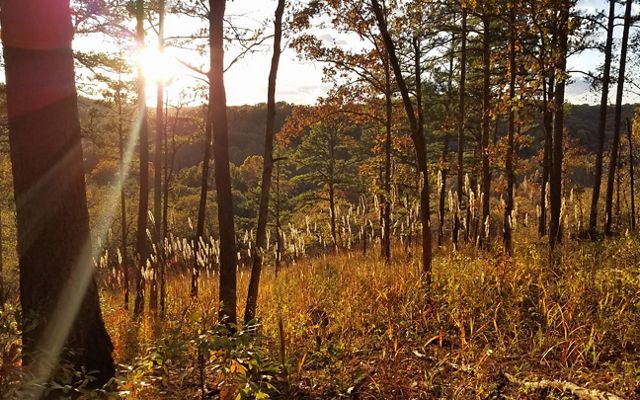
“Our research and that of our peers is producing real data that can lead to solutions and transform the way people use and value nature,” says Adam McLane, TNC’s Missouri state director. “But there’s more that can be done to speed up the pace and impact of those results—and that’s the gap we’re hoping to fill with our CCIs.”
McLane notes that science-based conservation is in TNC’s DNA. “We’ve been protecting critical landscapes in Missouri since 1956,” he says. “And as a science-based organization, we want to learn everything we can about those places—and encourage others to learn from them as well.”
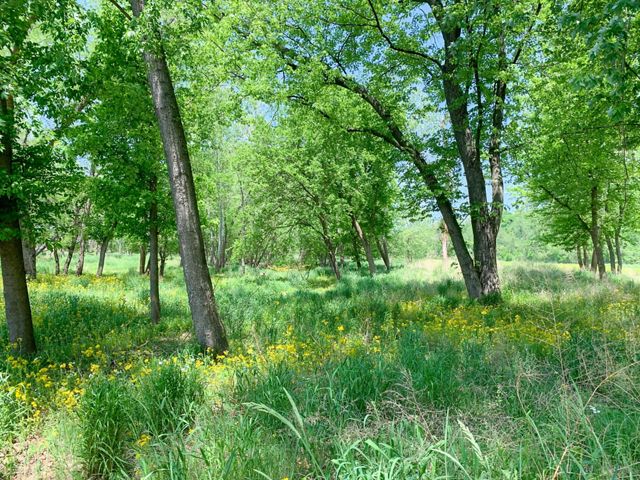
The Missouri River CCI has the potential for numerous research projects tied to floodplain and wetland restoration, such as the effects on carbon sequestration, soil health and the lives of fish and birds. The floodplain is relatively small in the context of the massive river system that is the Missouri, but it could tie into larger research projects as well.
One of the Missouri River CCI’s greatest assets is its potential as a place where everyone from school kids to adults can learn more about the river and the state’s unique habitats. Our partners at Missouri River Relief are already doing outstanding work teaching people about the importance of the river’s health.
Along with a long history of river cleanups and stewardship, Missouri River Relief’s educational paddle trips, camps and workshops have become essential tools for progress. More than 30,000 students and teachers have taken part in its programs.
As the organization has grown, Schnarr says, it began looking for a permanent base along the river. They even held a charette in the spring of 2022 to create a vision for that plan.
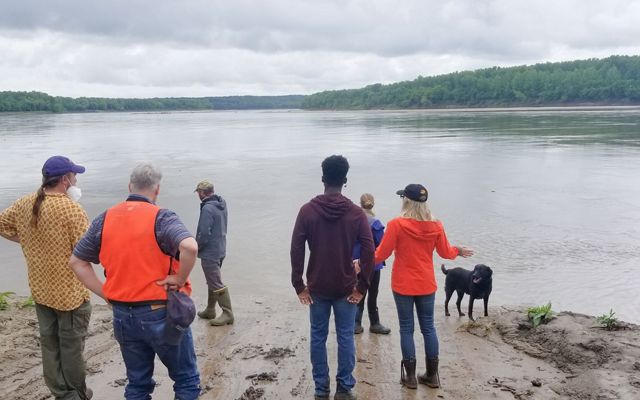
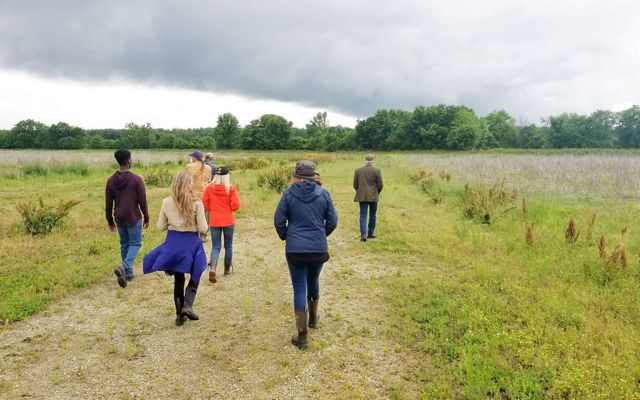
Their timing was uncanny. The Potterfields’ donation offered the perfect opportunity to marry the complementary work of Missouri River Relief and TNC on the property. Now, the two organizations and other partners are working on new visions to turn the site into a place where generations of people can come to learn about and enjoy the river and the surrounding habitat.
